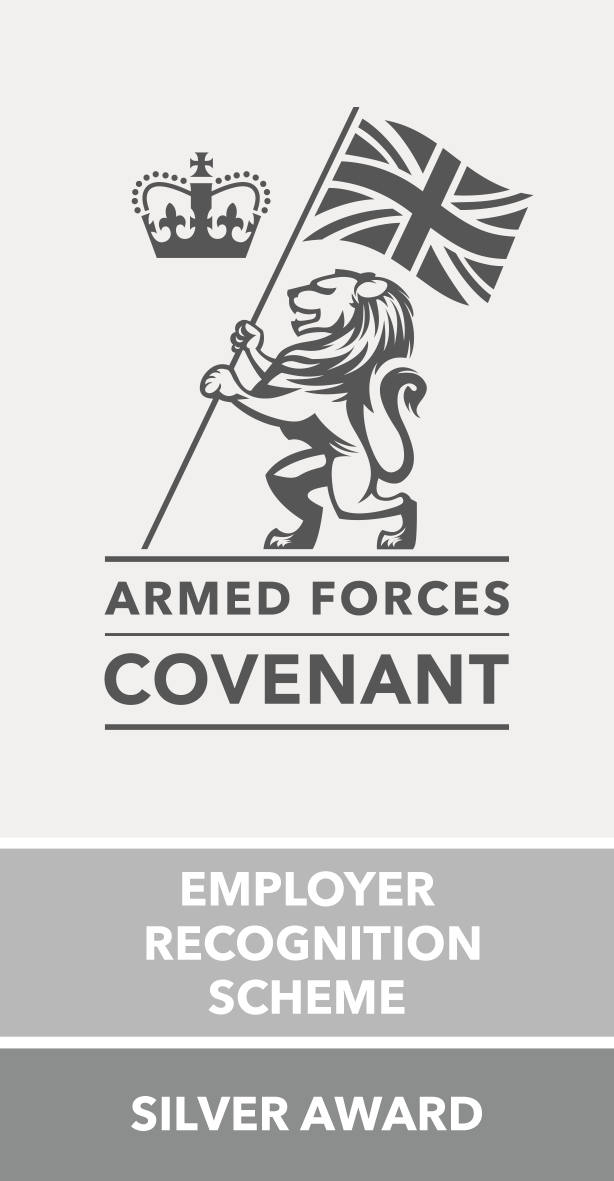Hand and Wrist
Hand surgery addresses issues with the hand, wrist, and upper limb nerves. While many conditions and injuries can be managed without an operation, using treatments like splints, taping, injections, and hand physiotherapy, surgery is sometimes required.
Most hand surgery is performed as a day case, meaning you can go home the same day. These procedures are typically done under a regional anaesthetic, which numbs a specific part of your body, or a general anaesthetic, which puts you to sleep. Some minor operations may only require a local anaesthetic, where the surgeon injects numbing medication directly into the skin at the surgical site.
Trauma
Mallet Injury
A mallet finger is a common injury where the end of a finger is bent forcefully, causing the tendon that straightens it to tear. This makes the fingertip droop, giving it a "mallet" or "baseball finger" appearance.
Thumb Ulnar Collateral Ligament (UCL) Injury
A thumb UCL injury is a sprain or tear of the ligament on the inside of the thumb, often called "Skier's thumb." This ligament is vital for thumb stability. The injury happens when the thumb is forced sideways and away from the hand.
Volar Plate Injury
A volar plate avulsion injury occurs when a finger is forcefully bent backwards, such as when catching a ball. The volar plate, a ligament and cartilage tissue that prevents the finger joint from overstretching, either tears or pulls a small piece of bone away.
Disorder
Carpal Tunnel Syndrome
Carpal tunnel syndrome is a common condition causing pain, numbness, and tingling in the hand and fingers. It happens when the median nerve, which passes through a narrow channel in the wrist, becomes compressed.
Dupuytren Disease
Dupuytren's disease is a condition that causes one or more fingers to curl or bend into the palm. It's caused by the thickening of tissue beneath the skin, forming cords that shorten over time.
You can click on the icons below to find out more about problem in specific area.






















